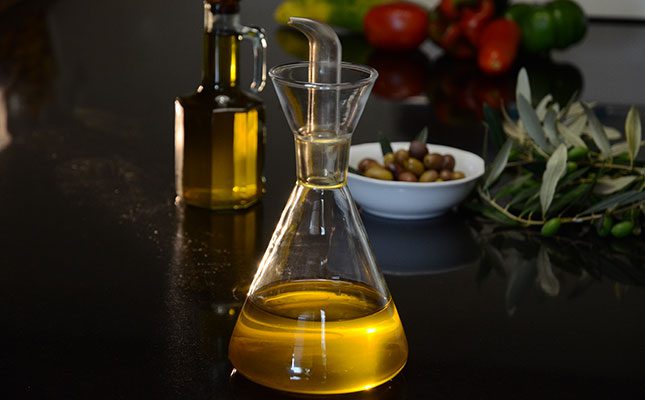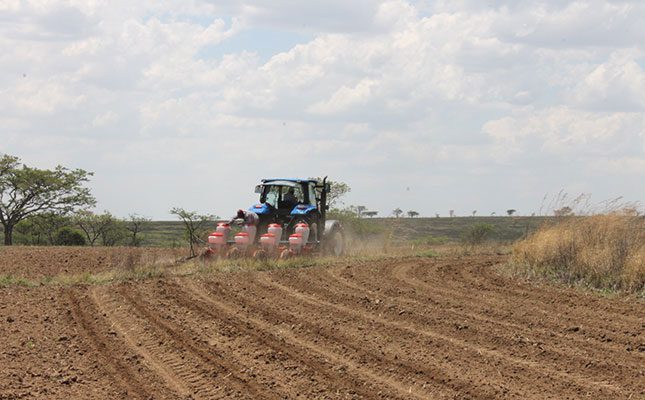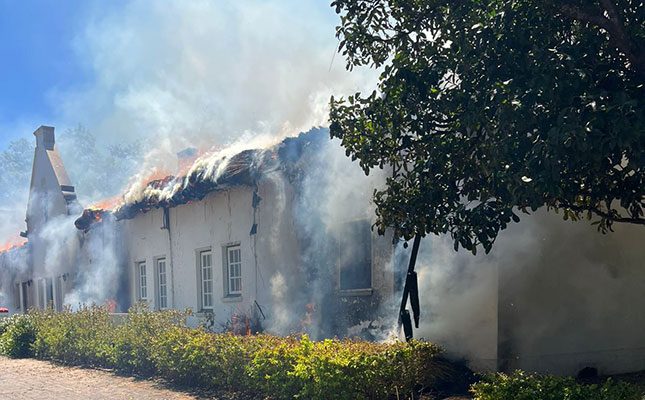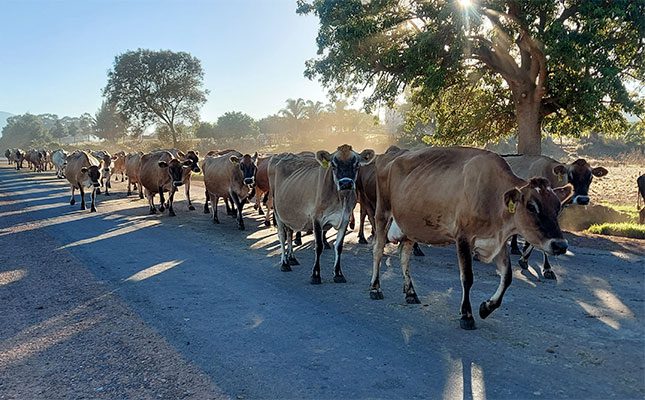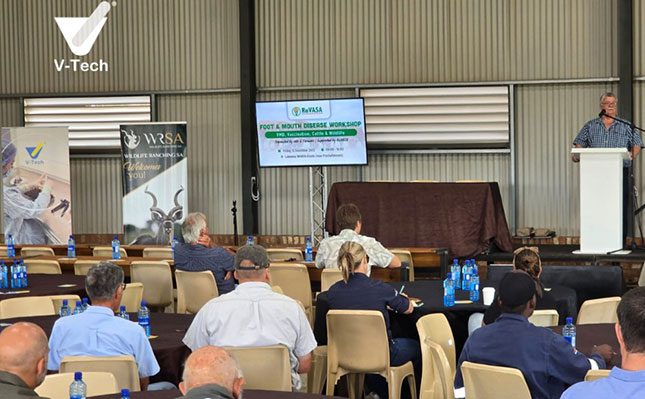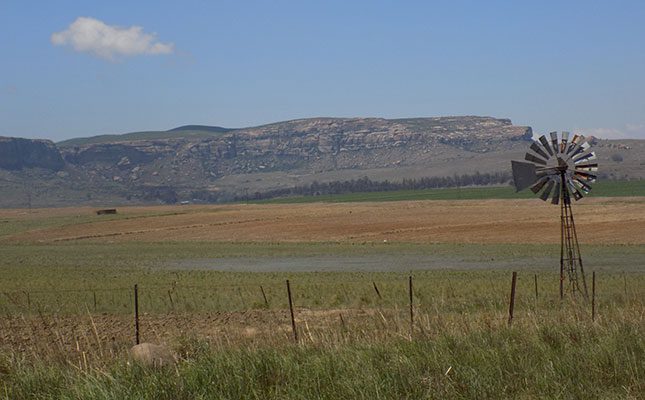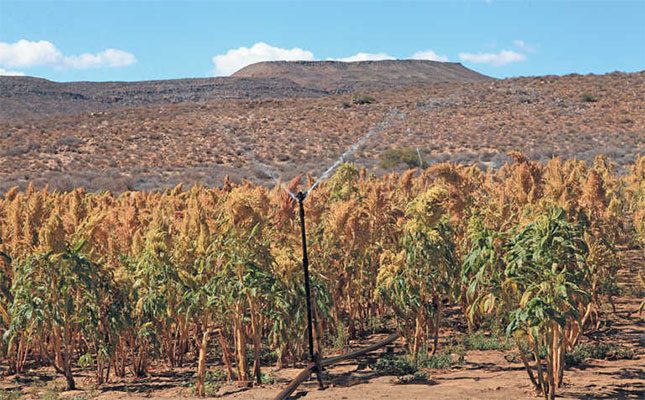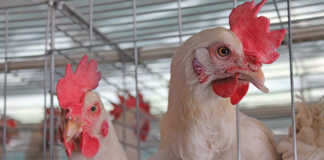
While the full fallout of the US bombing of Iranian nuclear sites remains unclear, economist Dawie Roodt, chief economist at the Efficient Group, told Farmer’s Weekly that it could ripple through oil prices and the exchange rate, which in turn would impact broader economic growth.
“Geopolitical instability and conflict in oil-producing regions, such as Iran, typically lead to a short-term oil price hike, which pushes fuel prices higher,” Roodt said.
“The effects could take days to several months to materialise, but we may see an increase of say 50c in the coming month, followed by another 20c hike the month after. Prices usually stabilise after the peak and often return, or even drop, to below pre-crisis levels.”
The Central Energy Fund already reported an under-recovery of about 55c for petrol ULP, 51c for petrol 93 ULP and LRP, 79c for diesel (0,05%) and 81c for diesel (0,0005%) between 30 May and 23 June 2025.
Fuel prices could spike far more dramatically and remain elevated for longer if the conflict disrupts oil production or hampers oil trade, particularly if the Strait of Hormuz, through which nearly 20% of the world’s oil flow, is threatened or closed.
“We have seen what happens when major oil producers in the Middle East intentionally cut supply. In such cases, oil prices could potentially almost double to reach US$130 (about R2 300) a barrel, which could result in a R3/ℓ fuel price hike,” Roodt said.
Such a sharp rise would have significant global repercussions, driving up inflation and interest rates, which would, in turn, impact global economic growth.
This would be particularly bad news for South African agriculture, by pushing up the cost of fuel, fertiliser, and other essential input prices while increasing transport expenses, especially if alternative, longer sea routes had to be used because of the conflict.
Additionally, weaker global economic growth would likely dent demand for agricultural exports, as consumers abroad would have less disposable income, according to Roodt.
Roodt said that a similar pattern usually ensued with the rand. “We generally see the rand weakening in response to these types of geopolitical conflict, stabilise, and then move back to where it was.”
Wandile Sihlobo, chief economist at Agbiz, told Farmer’s Weekly that the South African agriculture sector was highly exposed to rising shipping and transportation costs, exchange rate fluctuations, and the impact of geopolitical tension on trade, as roughly 98% of our agro-chemicals and 80% of our fertiliser and machinery were imported.
The recently announced ceasefire between Israel and Iran was a positive movement, according to him, but risks nevertheless remained that could continue to impact the exchange rate and oil prices.
“Our hope is for oil prices and the exchange rate to normalise at least from October onwards, when the summer planting season and the winter harvest seasons start and the industry uses higher volumes of fuel,” he said.
He noted that fuel and fertiliser represented 13% and 30%, respectively, of grain farmers’ input costs.

